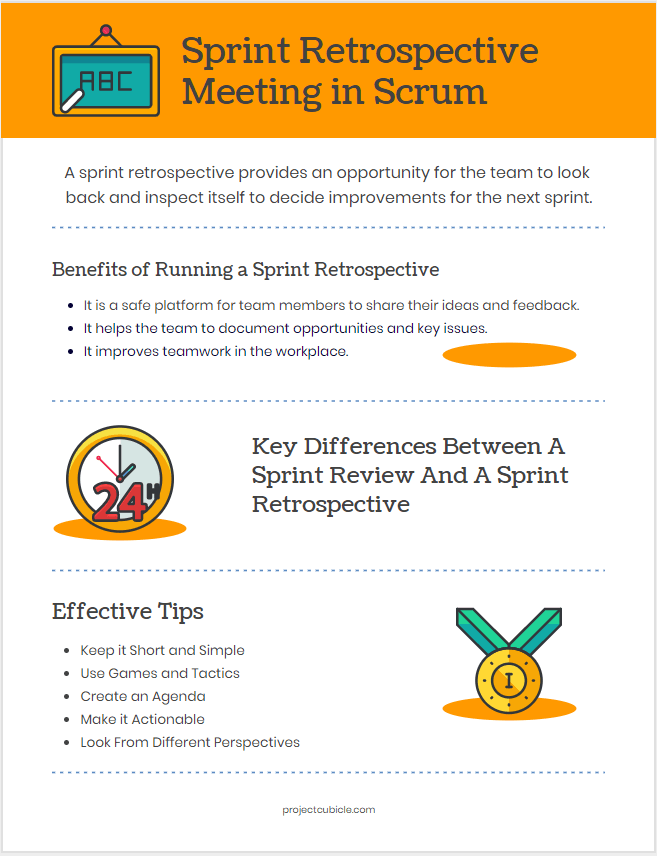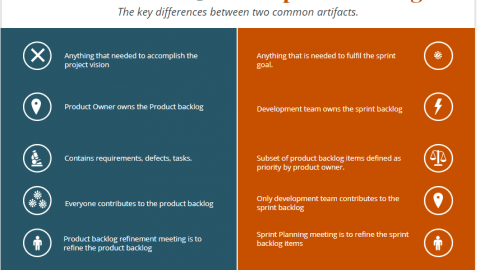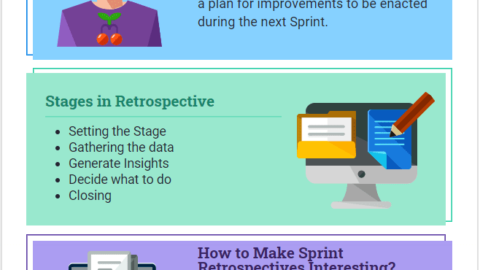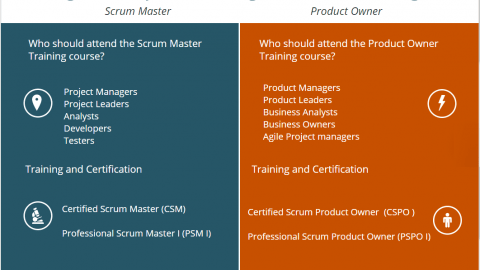Sprint Retrospective Meeting in Scrum
Have you ever participated in a sprint retrospective? If you are working in the software development industry, most probably you have. Whether you’re new to this industry or an experienced team member working for many years, a sprint retrospective helps you to understand other team member’s approaches in terms of improving the process. These agile meetings can uncover opportunities for process improvements and guide the team to perform in the right way. On the other hand, a poorly arranged meeting always includes endless conversations that have negative effects on the team spirit. In this article, we will discuss how you can use the sprint retrospective to make your next sprint better. We will also talk about the key benefits of creating a sprint retrospective agenda in detail and provide some tips to help you arrange this meeting as effectively as possible.
Table of Contents
What is a Sprint Retrospective Meeting?
A sprint retrospective provides an opportunity for the team to look back and inspect itself to decide improvements for the next sprint. Therefore retrospectives should be designed as a platform for team members to share their feedback without being prejudiced. They should discuss honestly on what can be improved, what actions can be taken and which items can be documented.
Retrospectives are useful for any type of team within a project. However, sprint retrospectives should be optimized by a Scrum team (or a Kanban team) to improve their effectiveness. Typically, a sprint retrospective takes place when a sprint ends. Because at the end of each sprint, team members have fresh ideas in their minds. They will talk about actionable items and continuous improvement strategies to ensure positive changes.
What are the Benefits of Running a Sprint Retrospective Meeting?
If you are a Scrum team member, the sprint retrospective is already a part of your business. You spend hours participating in the retrospectives as well as participating in other meetings. Below are a few benefits of the sprint retrospective meeting.
- It is a safe platform for team members to share their ideas and feedback.
- It helps the team to document opportunities and key issues.
- It helps to create a list of actions for the next steps and define who is responsible for what.
- It improves teamwork in the workplace.
- It helps to identify changes that lead to continuous improvement.
- It encourages decision-making within the agile team.
Key Differences Between a Sprint Review and a Sprint Retrospective
Each sprint is required to complete a specific work for product increment. Hence, the team has produced a piece of software at the end of each sprint. Although both the sprint review and the sprint retrospective are scrum ceremonies, they are some key differences between them.
- The sprint review meeting is held at the end of each sprint in which the scrum team demonstrates what they accomplished during this sprint. It is an informal meeting held to present the demo of the work completed.
- Sprint retrospective takes place after the completion of the sprint review. The aim of the retrospective is to identify areas of improvement to make the next sprint better. The Scrum Team inspects itself and creates a plan to ensure that improvements will be done during the next sprint.
The duration of the sprint review depends on the length of the sprint. A sprint review might take two hours for a two-week sprint. After the sprint review, the sprint retrospective takes place which might take one and half hour.
Challenges of Sprint Retrospective
During the sprint retrospective, there might be some challenges that you must overcome.
- Team members might become less engaged in the answers if the same questions are asked all the time. You need to lead the team to adopt different exercises and questions.
- Answers might be affected by the team member’s bias and judgments. You need to encourage them to share their feedback without prejudice.
- Lack of conversation among the team members is an important issue that affects the success of the sprint retrospective. You need to encourage them to share their suggestions and thoughts.
- Some of the team members might be resistant to changes and suggestions. Explain to them how the positive changes will improve the next sprint and what kind of benefits will the team obtain. Be positive and talk about values or results to persuade them for the changes.
- If run poorly, it might have negative impacts on teamwork. Do not allow the sprint retrospective to turn into a complaining session.
5 Effective Tips for Sprint Retrospective Meetings
1. Keep it Short and Simple
Keeping the retrospective short and simple will help the team to focus on the issues regarding improvement.
2. Use Games and Tactics
Using games and tactics is an effective way to get some deeper insights into the team’s thoughts and ideas. For example, you can use lego retrospective in which you use lego models as a metaphor to tease out a new idea.
3. Create an Sprint Retrospective Agenda
You can use Kanban Boards to create a sprint retrospective agenda. Don’t forget to include product acceptance and change requests sections in the sprint retrospective agenda. By the way, you will not spend too much time on a particular discussion.
4. Make it Actionable
Ideas and improvements should be applicable and actionable. Because you cannot assign anything which is not actionable to someone on the team.
5. Look From Different Perspectives
Looking from different perspectives or bringing an outside perspective may be helpful to drive change for the team.
Summary
No matter how your team is performing, there is often something to be improved while delivering a piece of software. For sure good teams always look for improvements, but without a dedicated timeframe to discuss,they can’t share their knowledge and experience with eachother. The product owner, scrum master, development team and the stakeholders(optionally) participate in that meeting to share their approaches. From this aspect, the sprint retrospective meeting is one of the most important ceremonies that Scrum and Kanban teams leverage along with product development. It gives a chance to the team to inspect itself. It helps the team members to discuss and make improvements for the next sprint.
What do you think about the benefits of running a Sprint Retrospective Meeting? Share your insights with the community.
See Also

Kiron Shallow the director of training at Northshire Education. He is experienced in in Lean, Agile, Kanban, SAFe, Scrum, technical Agile practices, design patterns and emergent design.










